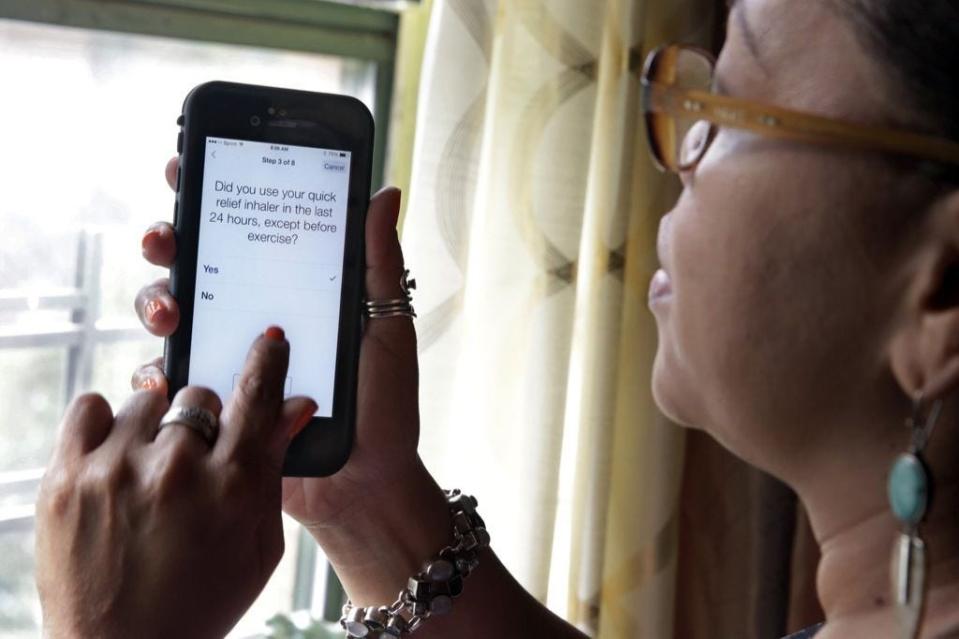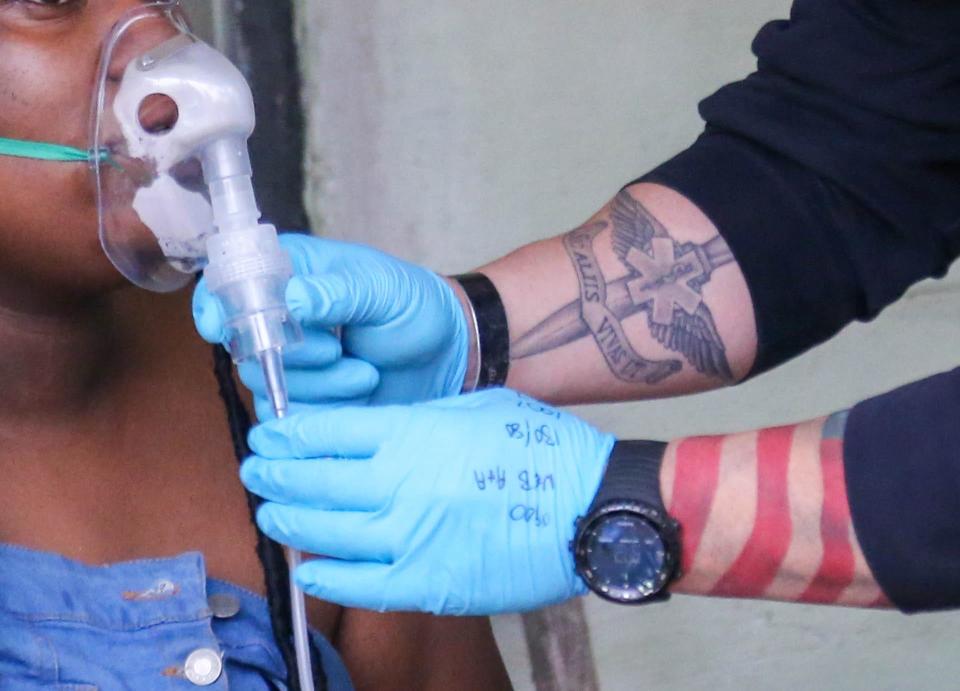Pre-med student: Poor air quality makes asthma harder on Black, Hispanic kids
Asthma exacerbation is on the rise for Hispanic school-aged children. Indoor air quality needs to be improved, especially in Florida public schools where there is 50% or greater Hispanic student enrollment. Better air quality will lead to decreased asthma problems.
By updating the heating, ventilation and air conditioning systems of these public schools and adding HEPA filters, indoor air quality will improve, indoor pollutants will decrease and therefore asthma exacerbation will decrease.
Pediatric asthma is a common chronic condition that is characterized by a shortness of breath, chest tightness and pain, wheezing upon exhalation and labored breathing, which is often triggered by respiratory illness and air pollutants. Asthma could be an easily preventable health issue, but due to a lack of awareness and legislation, it currently results in acute and severe health threats, missed school, decreased quality of life and increased health care costs.
Supporting underserved communities: 'Hey, Mama' mobile pantry caters to Jacksonville families with babies
Health care in an RV: Ascension St. Vincent's mobile ministry is on the road to help end health disparities
Letters: Navy's pilot program for recruitment features drag queen, raises many questions

A pair of researchers from the University of Colorado found that treating asthma can only be accomplished via reducing symptom frequency and improving asthma control over time, not just when symptoms are present. Asthma is not commonly outgrown and requires careful life-long management.
The burden of asthma in the U.S. falls disproportionately on Black, Hispanic and Native American people. These groups have the highest rates of asthma-related deaths and hospitalizations, often due to social inequalities caused by structural racism and discrimination. Even though asthma prevalence has been on the decline for Hispanic individuals, with 6.4% of Hispanic Americans having asthma in 2018, the number of asthma attacks are on the rise.
Asthma attacks are also the most prevalent among school-aged children [Jocelyn & Biagi, 2022]. In 2019 the Hispanic population faced 63% pollution inequality while the non-Hispanic White population experienced a pollution advantage of 17%.
Indoor pollutants include dust, mold, smoke, animal dander, fuels (such as coal or gas), other allergens and airborne particles. Outdoor air pollution also directly contributes to and negatively affects indoor air quality. There is a higher incidence of asthma development and exacerbation until the age of 20 that is correlated with higher exposure to air pollutants.

To improve health outcomes for Hispanic individuals with asthma, efforts should therefore include reducing pollution exposure by supporting interventional programs. Asthma management is more feasible for indoor pollutants as management includes preventive measures to reduce exposure, such as stopping indoor smoking, having efficient household ventilation, using clean fuel sources, removing mold and using air cleaners or air filters.
HEPA filtration successfully reduces indoor air pollutants and therefore treatment via HEPA filtration is effective in improving asthma control and quality of life scores among participants with poor controlled asthma and impaired quality of life.
What is unique to HEPA filters is that they can theoretically remove at least 99.97% of dust, pollen, mold, bacteria and any other airborne particles as small as 0.3um. Therefore, HEPA filters should be placed in all HVAC systems, especially where there is a majority of Hispanic student enrollment.
This change should decrease asthma exacerbations in Hispanic school-aged children.
Opponents to this interventional program may argue that asthma exacerbation is best managed via medication and that children will often outgrow their asthma. While medication is an important part of asthma management, children do not normally outgrow their asthma and air pollution has one of the largest negative impacts on their condition.
Intervening at a structural level by reducing the causes of asthma, like improving the indoor air quality in places where children spend the majority of their time, is one of the best ways to manage asthma and produce better outcomes.

Samantha Josephson is a native of Jacksonville and currently a pre-med student at Vanderbilt University, where she studies Medicine, Health & Society, with minors in Spanish and Childhood Development.
This guest column is the opinion of the author and does not necessarily represent the views of the Times-Union. We welcome a diversity of opinions.
This article originally appeared on Florida Times-Union: Public schools need better air quality to lower asthma attacks in kids

